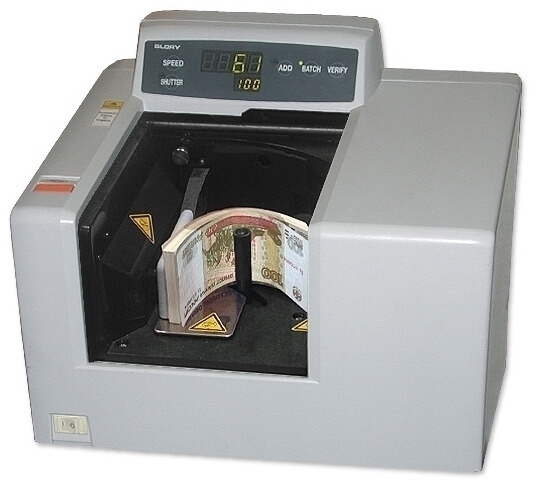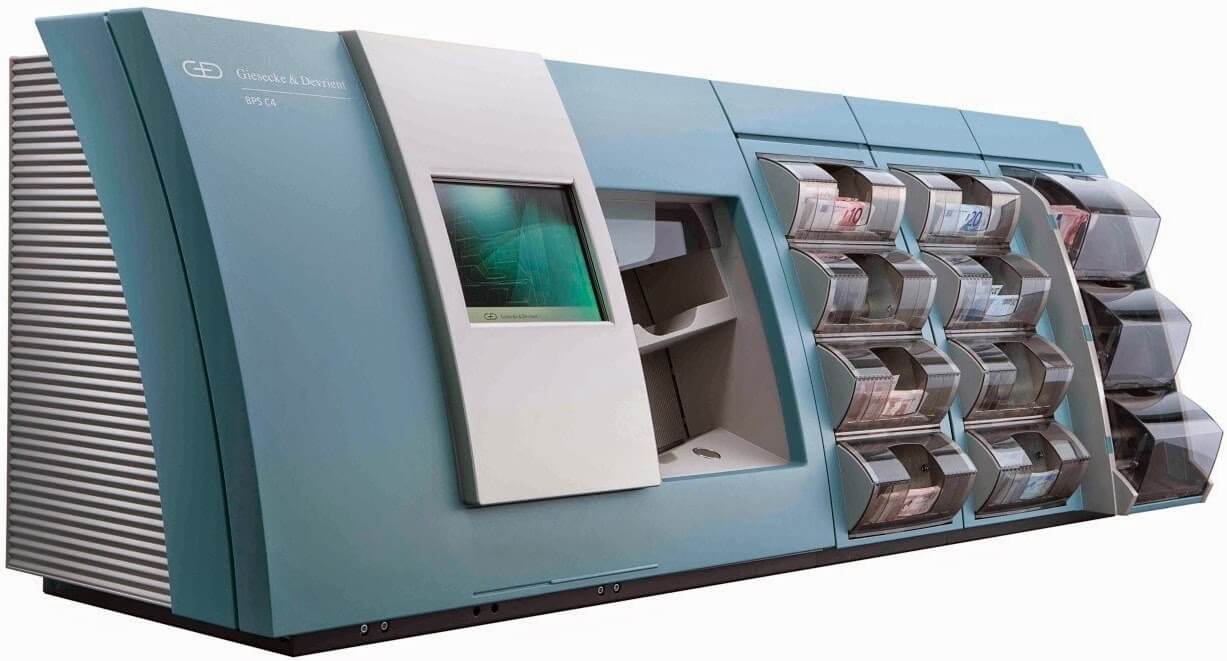- Get link
- X
- Other Apps
- Get link
- X
- Other Apps

Welcome to Hi-News.ru! The first paper money appeared in China in 910 - they came to replace metal ingots. For a long time, the counting of notes could only be done manually, and it was not until 1908 that the American engineer and inventor Charles Franklin Kettering invented the first electric banknote counter in an attempt to optimize this process. It quickly became popular and with the development of technology was improved and overgrown with new functions. How does a modern counter of bills work - about this in today's issue!

All counter counters work roughly the same principle: using a system of rollers, the meter captures one bill from the loading tray, traces it along the path and puts it into the receiving tray. Passing along the path, the bills cover the light, and thanks to this the system determines their number. As a rule, the speed of the account can be from 600 to 2000 banknotes per minute. The simplest models can not do anything except mechanical recalculation and rejection of stuck or torn banknotes, which are very different in size.
More advanced counters are able not only to recalculate bills, but also to verify their authenticity. Automatic detection occurs when the bill passes through the path. The simplest detectors have only a few single photodetectors and scan only a part of the image. More functional models analyze the full image of a banknote using a photodetector ruler.

There are also counters of banknotes, which are able to accept notes not one at a time, but immediately with a whole bundle. Such devices are divided into 2 types: roller-fraction and vacuum. In the first case, rubber and polyurethane rollers are located in front of the tract, which drag the lower bill of the bundle into the tract. To make bills enter the counter one by one, there are rollers above the entrance to the path, which rotate in the opposite direction and push out the extra bills back.
In the case of a vacuum meter, a stack of banknotes is pressed against a perforated tape, under which a reduced pressure is created. Counting occurs directly in the packs intercepted by an elastic band with the help of vacuum heads counting corners of denominations. Vacuum devices are characterized by low noise and high accuracy.

The most advanced counters scan in the visible, infrared and ultraviolet ranges, read magnetic marks, and measure the thickness of paper by mechanical or capacitive method. The latter feature makes it possible to distinguish new banknotes from torn or glued ones, and also to sort out bills in currency, denomination, authenticity and depreciation. In such cases, the counters have at least two trays for the counted bills: basic and reject.

In addition to two-pocket counters, there are also multi-pocket devices, which are often called banknote sorterers. They have three or more trays for sorted money, each of which is intended for certain banknotes of a specified denomination. Some of these multifunctional devices besides the detection of authenticity and sorting are also able to pack bills.
The article is based on materials .
- Get link
- X
- Other Apps
Comments
Post a Comment